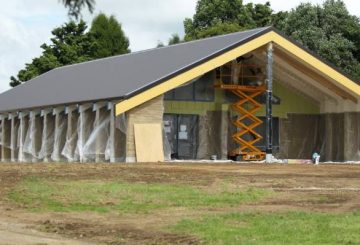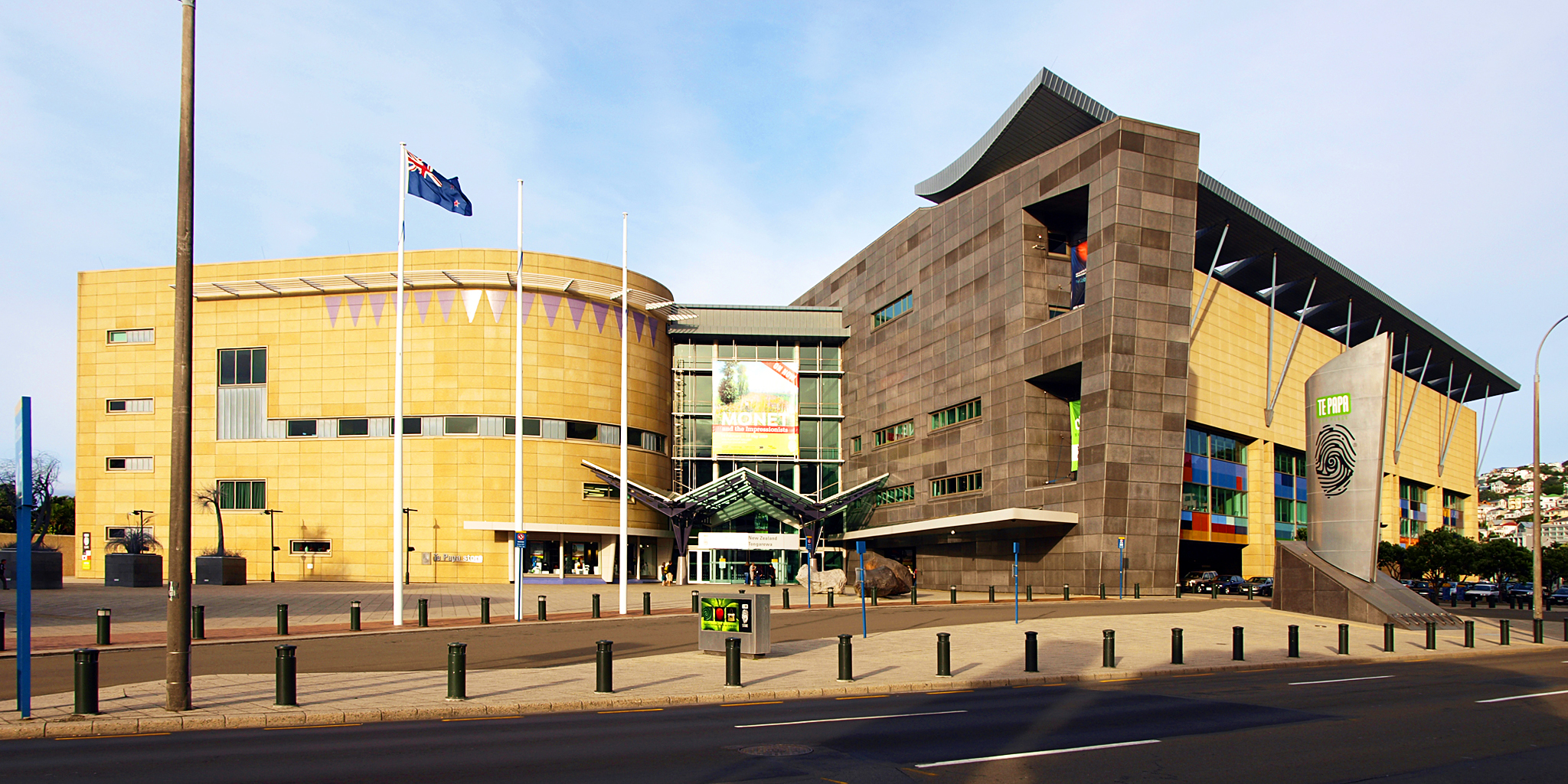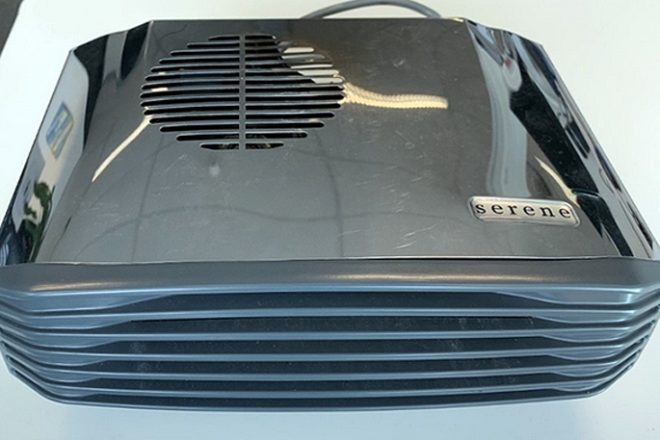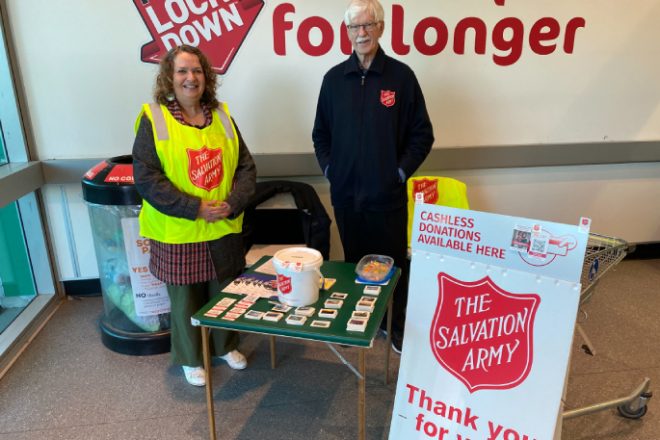New Zealand Fashion Week: Kahuria (NZFW) is back after a three-year pause. The event will take place from 29th August to 2nd September at Auckland’s Viaduct Events Centre. VIP delegates have a separate area.
This year’s NZFW has partnered with Ngāti Whātua Ōrākei and has been given the Māori name: Kahuria. ‘Kahuria’ means to adorn and is inspired by a term from Ngāti Whātua Ōrākei. NZFW uses this name to help designers show their work globally.
Yasmin Farry, general manager of NZFW Kahuria, said they are honoured to have the name Kahuria and work with Ngāti Whātua Ōrākei.
New Zealand Fashion Week was first held in 2001 by Dame Pieter Stewart. It’s New Zealand’s only international fashion event. This year, over 50 runway shows will feature, with 70 designers in total. The event helps designers promote their brands globally.
This year, NZFW is not just about fashion. It will also include arts and culture. Farry said they are excited to show new and established talents from Aotearoa in Auckland. They want to promote inclusivity, innovation, and creativity.
This year, over 10 Maori and Pacifica designers will present their work. Farry said they are happy to introduce all the designers for 2023.
Ihraa Swim, an Indigenous swimwear brand, will show for the first time in New Zealand. Model Lisa Fatnowna and Australian designers will also be part of the event. Other designers include Kharl Wirepa, Campbell Luke, and Kate Sylvester.
Apart from fashion shows, NZFW will have seminars, panels, and events for all ages. Some are free, and some need tickets.
The last NZFW was in 2019. This break let designers create better collections. Many took a break and are now more excited to return.























































